Liposuction After Pregnancy: 7 Surprising Mommy Makeover Facts
Childbirth is an incredible, life-altering experience, bringing unparalleled joy and a profound shift in identity. Along with the wonder of a new baby, however, come significant changes to a mother’s body. For many, even with dedicated diet and exercise, stubborn pockets of fat remain, leading to questions about advanced body contouring solutions like liposuction.
At Social Mom Blog, we understand these concerns are deeply personal and often come with a mix of hope and apprehension. This comprehensive guide will provide an honest, empathetic, and medically-informed overview of liposuction after pregnancy, covering what it can and cannot do, optimal timing, potential risks, and viable alternatives.
Our goal is to empower you with the knowledge needed to make the best decision for your unique journey towards feeling confident and comfortable in your own skin.
Key Takeaways
- Optimal Timing is Crucial for Results: Wait at least 6–12 months postpartum (ideally longer) until your body has fully recovered, hormones have stabilized, and you’ve reached a stable goal weight. This ensures the best and most lasting contouring outcomes.
- Liposuction Targets Fat, Not Skin or Muscle: While highly effective for removing stubborn, localized fat deposits (like parts of the “mommy pooch”), liposuction does not tighten loose skin or repair diastasis recti (separated abdominal muscles). For these concerns, a tummy tuck may be a more appropriate or complementary procedure.
- Safety is Paramount, Choose Wisely: When performed by a board-certified plastic surgeon in an accredited facility, liposuction is generally considered safe with low complication rates. Always prioritize an expert consultation to understand individual risks and ensure a safe procedure.
- It’s for Contouring, Not Weight Loss: Liposuction is a body sculpting tool designed to address disproportionate fat pockets resistant to diet and exercise. It is not a substitute for weight loss, and maintaining a healthy lifestyle postpartum is crucial for preserving your results.
- Make an Informed, Personalized Decision: Thoroughly explore all your options, including non-surgical alternatives, and have a detailed discussion with a board-certified plastic surgeon about your unique post-pregnancy body, goals, and expectations before committing to surgery.
Understanding Post Pregnancy Body Changes: Why Post Pregnancy Liposuction?
Pregnancy is a miraculous process, but it dramatically reshapes a woman’s body. During this time, your body intelligently stores fat to support fetal development and breastfeeding. While much of this weight naturally sheds postpartum, some areas often hold onto stubborn fat deposits that seem resistant to even the most rigorous efforts.
These persistent areas, often around the abdomen, hips, and thighs, are the primary targets for liposuction. You can check The Ultimate Guide to Pregnancy and Postpartum Wellness: From Bump to Baby Recovery, offering a deep dive into one specific aspect of postpartum body recovery.
What Causes Stubborn Fat After Pregnancy?
(Beyond Diet and Exercise)
The persistence of certain fat pockets after pregnancy fat pockets after pregnancy isn’t simply about calories in versus calories out. It’s a complex interplay of hormonal shifts (like estrogen and progesterone, which influence fat storage patterns), the physical expansion of your abdominal wall, and genetic predispositions.
Even when you return to your pre-pregnancy weight, your body’s fat distribution might be permanently altered, leaving behind those frustrating bulges. Understanding these fundamental postpartum body changes is the first step toward exploring solutions.
What is the “Mommy Pooch”?
(Differentiating Fat from Muscle/Skin Issues)
The term “mommy pooch” is incredibly common and refers to the persistent bulge in the lower abdomen after childbirth. However, it’s crucial to understand that the “mommy pooch” is rarely just excess fat. It’s often a combination of three factors:
- Excess Fat: Localized pockets of subcutaneous fat that liposuction can address.
- Loose Skin/Skin Laxity: Pregnancy significantly stretches the skin, and sometimes it loses its elasticity, resulting in sagging that liposuction cannot tighten.
- Diastasis Recti: This is the separation of your rectus abdominis muscles (your “six-pack” muscles) down the midline of your abdomen. It’s very common in pregnancy and can cause a visible bulge, making your stomach appear distended even if you have little excess fat. Liposuction does not repair diastasis recti.
Knowing which component contributes most to your “pooch” is vital for determining the right solution. If you suspect diastasis recti, discussing this with your doctor is key, and exploring Postpartum Recovery Tips: Physical & Mental Healing After Birth, especially those related to core strengthening, can be beneficial.
Liposuction After Pregnancy: What to Know First
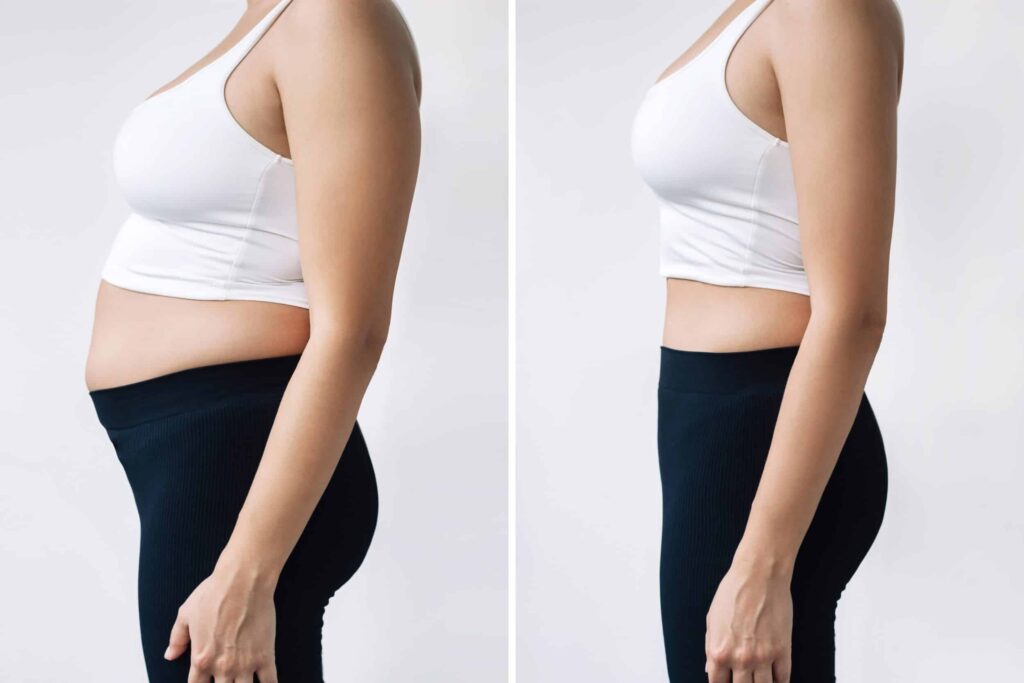
Deciding on liposuction after pregnancy involves careful consideration, especially regarding timing and unique postpartum circumstances.
This is perhaps the most critical question. Most board-certified plastic surgeons recommend waiting a significant period after childbirth before considering liposuction.
Minimum Waiting Period: Generally, aim for at least 6–12 months postpartum.
Ideal Scenario: Many experts suggest waiting even longer, often 12–18 months, or until you are consistently at or very close to your goal weight.
Why the Wait? Your body undergoes profound hormonal shifts and physical recovery processes after birth. Waiting allows:
- Your uterus to fully involute (return to its pre-pregnancy size).
- Residual fluid retention to subside.
- Hormone levels to normalize, which impacts fat distribution and skin elasticity.
- Your weight to stabilize, ensuring that the liposuction results are long-lasting and optimal, as liposuction is for contouring, not weight loss.
If you’ve had a C-section, your body has gone through major abdominal surgery, and while the initial recovery (6–8 weeks) focuses on incision healing, the overall waiting period for liposuction is similar to a vaginal birth – at least 6–12 months postpartum.
This allows for internal tissues to fully heal, swelling to resolve, and scar tissue to mature. For a deeper dive into your C-section recovery, refer to our article on C-Section Healing Timeline & Recovery Tips: What to Expect Week by Week.
For the safety of both mother and baby, it is generally not recommended to undergo liposuction while actively breastfeeding.
Anesthesia & Medications: Anesthetics and pain medications used during surgery can potentially pass into breast milk, posing risks to your infant.
Hormonal Changes: Your body continues to experience significant hormonal shifts during lactation, which can affect fluid balance and fat distribution, potentially impacting surgical outcomes.
Recovery Demands: Recovering from surgery while caring for a newborn and maintaining milk supply can be incredibly challenging and stressful.
Most surgeons advise waiting until you have completely weaned your baby for several months to ensure your body has fully stabilized and any potential medication has cleared your system.
For comprehensive guidance on nursing, you might find our article on Breastfeeding Help: How to Get a Good Latch for Comfort & Supply beneficial.
The general consensus among plastic surgeons is to wait until you are finished having children before undergoing liposuction for body contouring.
Subsequent pregnancies can reverse the results of liposuction, stretching the skin and potentially re-accumulating fat in treated areas, diminishing the effects of your previous procedure. While the removed fat cells are gone permanently, the remaining fat cells can still expand.
What Can Liposuction Do for Moms? (Benefits & Realistic Expectations)
Liposuction is not a weight-loss solution, but a body-contouring procedure designed to sculpt and reshape specific areas.
What Are the Benefits of Liposuction After Pregnancy?
When performed on appropriate candidates, liposuction after pregnancy can offer several significant benefits:
- Targeted Fat Reduction: It effectively removes localized pockets of stubborn fat that are resistant to diet and exercise, such as those often found on the lower abdomen, hips (“love handles”), thighs, or even the upper back and arms.
- Improved Body Proportions: By removing disproportionate fat, liposuction can create a more balanced and aesthetically pleasing silhouette, helping clothes fit better.
- Enhanced Confidence: For many mothers, achieving a more contoured figure can significantly boost self-confidence and body image, allowing them to feel more comfortable and empowered in their post-pregnancy body.
Can Lipo Get Rid of a Mommy Pooch? (Managing Expectations)
As discussed earlier, liposuction can reduce the fat component of a “mommy pooch.” However, it is crucial to manage expectations:
- It Does NOT Fix Loose Skin: If your “pooch” is primarily due to excess, sagging skin that has lost elasticity, liposuction will not tighten it. In fact, removing underlying fat without addressing skin laxity could potentially worsen the appearance of loose skin.
- It Does NOT Repair Diastasis Recti: Liposuction cannot bring separated abdominal muscles back together. If diastasis recti is a major contributor to your pooch, a tummy tuck (abdominoplasty)a tummy tuck (abdominoplasty), which involves surgically repairing the muscles and removing excess skin, might be a more suitable or complementary procedure. Many women opt for a “mommy makeover” which combines liposuction with a tummy tuck and/or breast procedures for a more comprehensive transformation.
Your Liposuction Journey: What to Expect on Surgery Day
Understanding the process and potential risks is key to an informed decision.
Is Liposuction Safe After Pregnancy? (Understanding Risks)
When performed by a board-certified plastic surgeon in an accredited facility, liposuction is generally considered a safe procedure. However, like any surgery, it carries inherent risks. It’s vital to have a thorough consultation to discuss your medical history and assess your individual risk factors.
Potential Risks and Complications:
- Common: Bruising, swelling, temporary numbness, discomfort, minor scarring.
- Less Common/More Serious: Infection, adverse reactions to anesthesia, contour irregularities (uneven results), seroma (fluid accumulation), blood clots, or skin discoloration. Your surgeon will discuss these in detail during your consultation.
The Liposuction Procedure: What Happens During Surgery?
Liposuction is typically performed as an outpatient procedure under local anesthesia with sedation, or sometimes general anesthesia, depending on the extent of the area(s) being treated.
- Anesthesia: You’ll receive appropriate anesthesia for comfort.
- Incisions: The surgeon makes small, inconspicuous incisions (usually 3-5mm) in the target areas.
- Tumescent Fluid: A sterile solution (tumescent fluid, a mix of saline, lidocaine, and epinephrine) is injected into the fat layer. This numbs the area, constricts blood vessels (reducing bleeding), and makes fat removal easier.
- Fat Removal: A thin, hollow tube called a cannula is inserted through the incisions. The surgeon moves the cannula back and forth to dislodge excess fat cells, which are then suctioned out using a surgical vacuum or syringe.
- Closure: Once the desired contour is achieved, the small incisions are closed, and a compression garment is applied.
Recovery Timeline After Liposuction: What to Expect Post-Surgery?
Recovery from liposuction is generally faster than more invasive surgeries like a tummy tuck, but it still requires time and patience.
- Immediately After: You’ll likely feel groggy from anesthesia. Compression garments will be applied to help reduce swelling and aid in skin retraction. Some fluid drainage from incisions is normal.
- First Few Days/Week 1: Expect bruising, swelling, and soreness in the treated areas. Pain is manageable with prescribed medication. Light walking is encouraged to aid circulation.
- Weeks 2-4: Much of the initial swelling subsides. You can typically return to light daily activities, but avoid strenuous exercise. Continue wearing your compression garment as advised.
- Months 1-3: Most significant swelling will resolve, and your results will become more apparent. Continued gentle exercise, like Postpartum Yoga: Reconnect with Your Body Safely After Birth, can aid recovery (once cleared by your surgeon).
- 6 Months+: Final results are typically visible as residual swelling fully dissipates and skin settles.
Adhering strictly to your surgeon’s post-operative instructions, including wearing compression garments, avoiding strenuous activities, and maintaining hydration, is crucial for optimal results and a smooth recovery.
Natural Ways to Lose Baby Fat Without Surgery
While liposuction is highly effective for specific fat removal, it’s not the only option, nor is it always the first step.
Are There Non-Surgical Alternatives for Post-Pregnancy Body Contouring?
For mothers with less significant localized fat or those seeking non-invasive options, several technologies can offer mild to moderate improvements:
- Cryolipolysis (e.g., CoolSculpting): Uses controlled cooling to freeze and eliminate fat cells.
- Radiofrequency (RF) or Laser Fat Reduction (e.g., truSculpt, SculpSure): Uses heat energy to destroy fat cells.
- High-Intensity Focused Electromagnetic (HIFEM) Therapy (e.g., Emsculpt): Induces strong muscle contractions to build muscle and indirectly reduce fat.
Important Note: These non-surgical treatments generally offer less dramatic results than liposuction and often require multiple sessions. They are best suited for smaller pockets of fat and are not effective for significant loose skin or diastasis recti.
Diet and Exercise: The Foundation for Post-Pregnancy Body Recovery
It cannot be stressed enough: liposuction is a body contouring tool, not a weight-loss solution. A healthy lifestyle, including a balanced diet and regular physical activity, remains the foundation for overall postpartum wellness. Maintaining your post-surgery weight is crucial for long-term results, as remaining fat cells can still expand if you gain weight.
If you’re still early in your postpartum fitness journey, consider exploring resources like Pregnancy-Safe Exercises by Trimester: Move Smart from Bump to Birth for future pregnancies, or Coping with Pregnancy Fatigue: Realistic Energy-Boosting Tips as you regain your energy for exercise.
Proper nutrition is also key, and our article on Best Supplements for Postpartum Moms: Essential Vitamins for Recovery, Mood & Energy can offer guidance.
Conclusion: Making an Informed Decision for Your Postpartum Body
The journey of motherhood transforms you, inside and out. For many, addressing the physical changes through procedures like liposuction can be a vital step in regaining self-confidence and feeling more at home in your own body.
Liposuction after pregnancy can be a highly effective solution for removing stubborn fat, but it demands careful consideration of optimal timing, realistic expectations regarding skin laxity and muscle separation, and a thorough understanding of the procedure and recovery.
Ultimately, the decision to pursue liposuction is deeply personal. Prioritize your health, listen to your body, and most importantly, seek comprehensive guidance from a board-certified plastic surgeon. A reputable surgeon will assess your unique situation, discuss all your options (surgical and non-surgical), and help you make an informed choice that aligns with your goals for your postpartum body.



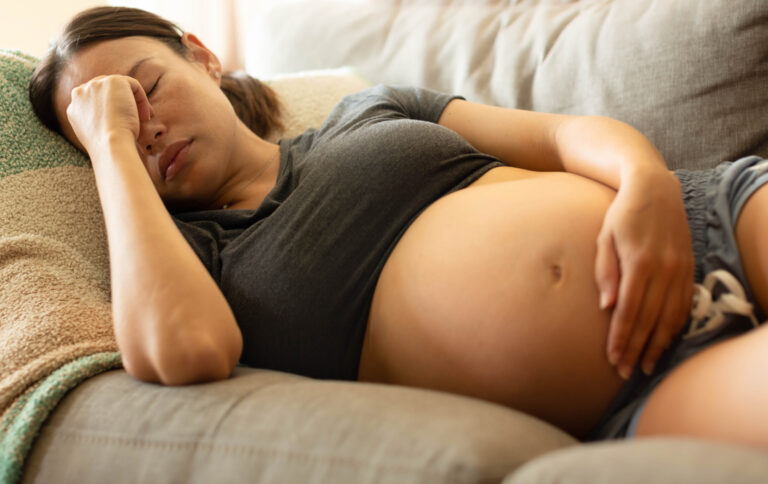
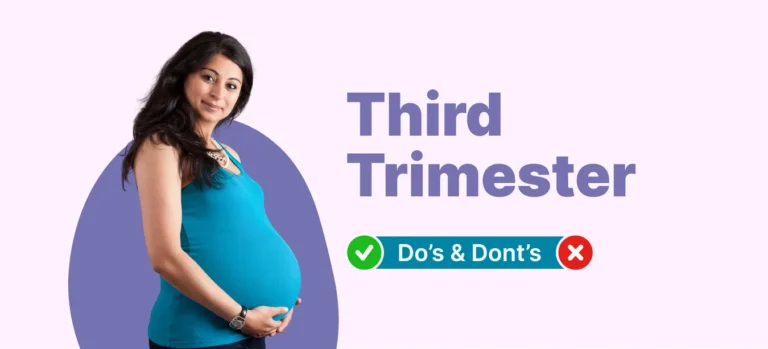
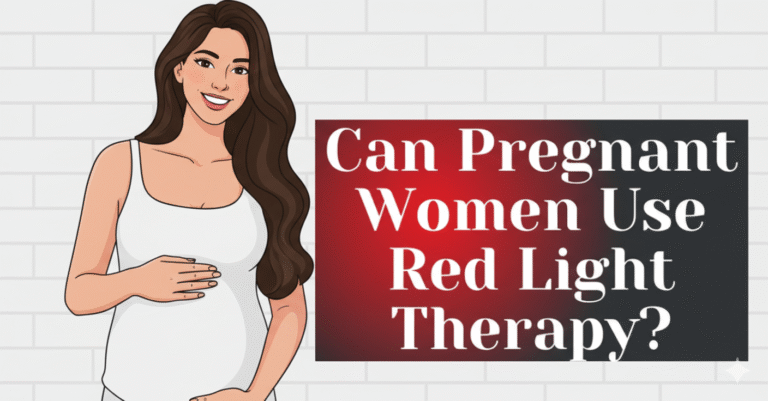
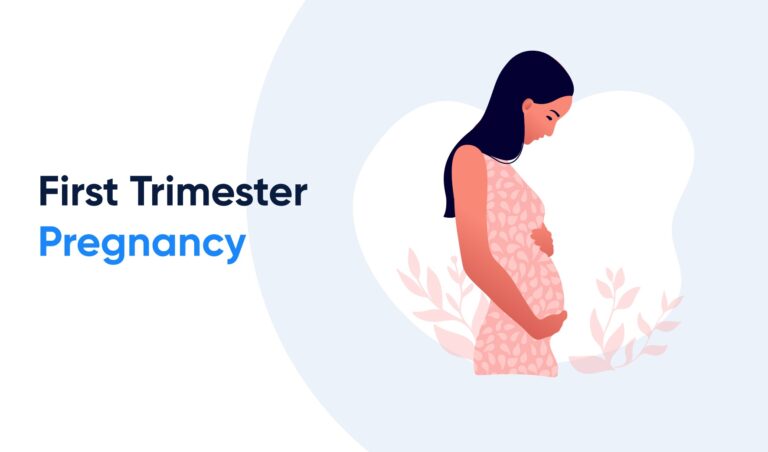
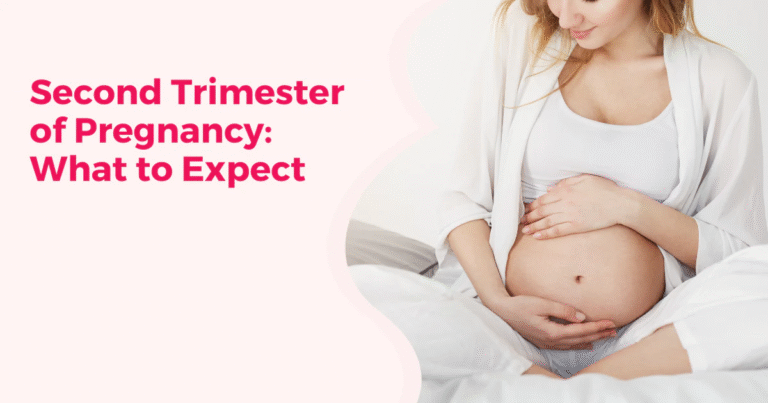
One Comment